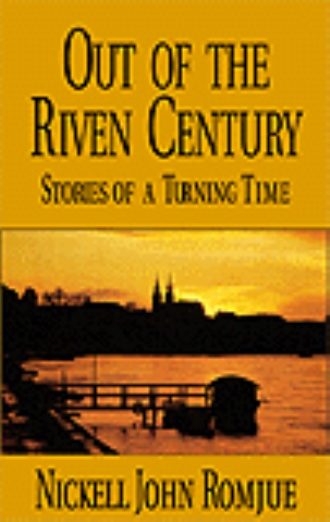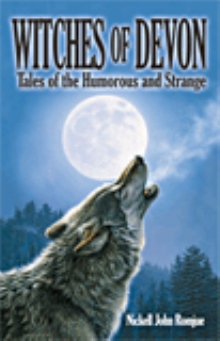Out of the Riven Century
Stories of a Turning Time
by
Book Details
About the Book
Out of the Riven Century: Stories of a Turning Time is a set of five parables about contemporary seekers who grapple with the unexpectedly violent consequences of the major, now moribund philosophical ideas that formed the twentieth century world. Set in late-century American and European locations, Nickell Romjue’s stories challenge the modernist paradigm that produced the most technologically brilliant century in history, but one strangely dark--the most violent century of the modern age.
The seekers in these stories are an acclaimed American novelist; a British Nobel laureate astrophysicist; a great, French artist of light; an American neo-classical composer; and a young German-American theologian and his artist wife. As seekers, they are driven to confront the dying materialist belief systems on which the twentieth century world was built--a world now in its millennial turn. Those reductionist dogmas of economic, materialist, psychological, morally free man conjoined to remove the bar of a higher morality and to engender ideologies sanctioning the great revolutionary and racist genocides of the twentieth century. The same ideas would lead by late-century to social theories that sanctioned the legalized killing of the unborn and the very sick and old in the most advanced civilized lands of the world. Each of these thematic stories is placed into that historical world. All unfold against the backdrop of the 20th century´s distinctive and tragic irony: the emergence--in a morally free, aggressively human centered era--of state theory and practice sanctioning the elimination of entire unwanted categories of humanity.
Toward an intellectual reopening to a new, more humane time, these story-parables offer the metaphor of the light beyond the light that men and women know universally to exist--a re-recognition of transcendent spirit real beyond the dead liturgies of a materialist faith anchored in the now tumbled and tumbling icons of modernity: Marx, Darwin, Freud, and Nietzsche. Structurally, the tales take as model the narrative dramatic form of the German novelle, at whose center is a strange or uncanny event that flows from the action in an unexpected resolution.
* * *
Zarathustra is a story about a reclusive American novelist--a self-styled destroyer named Michael Brennen, and a literary mystery figure, Peter Roan. Told by Brennen’s former student friend in the settings of a German university and a California literary festival, the story dramatizes the culture of a literature of alientation and destruction in a frame played against the parable of Nietzsche on the 200-year-long dying of Christian morality.
Chartres, seen through the eyes of Morgan, an American portrait artist, unravels the mystery of the bizarre death in the Chartres cathedral of Edward Gist, a wheelchair-bound Nobel laureate British astrophysicist. The narrative-drama features a detective American celebrity-astronomer, Glanz, and his estranged wife, Samantha Mee, a minimalist short-story icon. It proceeds against the backdrop of contemporary astrophysicist fascination with the philosophical and religious implications of the Big Bang universe.
Jean Durel, set on the Normandy island of Mont St. Michel and in Washington, D.C., is a story about the contemporary art world. Its protagonist is a French sculptor-artist who is an orphan of the Normandy invasion and whose life and art, devoted to the parents he never knew, present the mystery of the war-art cache of his father and of his own gift devoted to their sacrifice, revealed in Durel’s masterpiece stained-glass composition in the Washington National Cathedral in the year of its completion.
The Symphony counterposes two classical musicians living at the opposite ends of the twentieth century--Tarnow, a famous Austrian composer and theorist of an atonal music of anti-beauty, and Martin Starry, a young Beethoven-like future f



